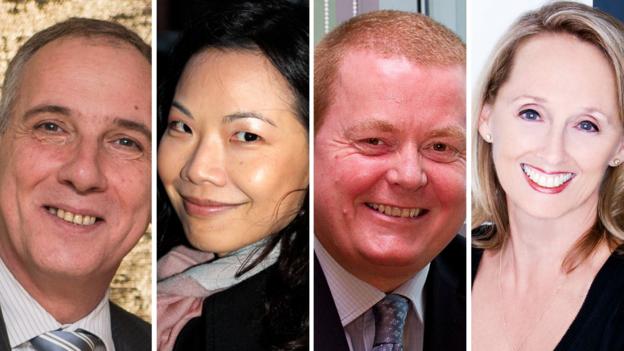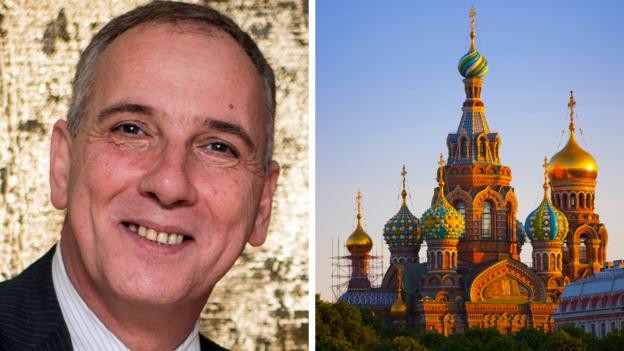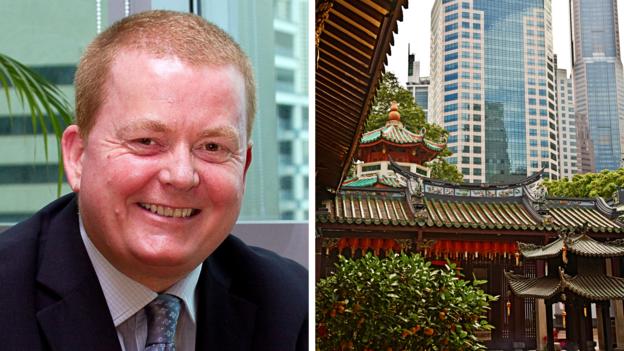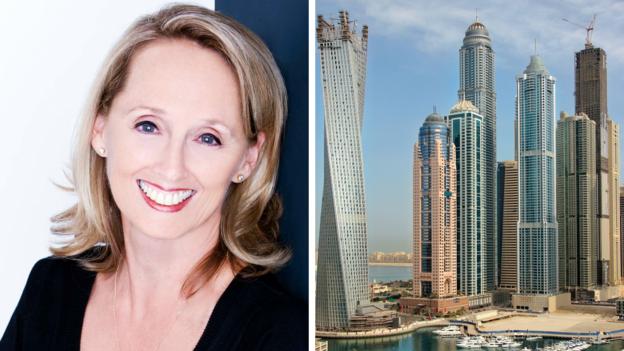 Valve believes high-performance workers tend to
self-improve without a need for managers
Valve believes high-performance workers tend to
self-improve without a need for managers
Welcome to Flatland.
Imagine a company where everyone is equal and managers
don't exist. A place where employees sit where they want, choose what to work on
and decide each other's pay. Then, once a year, everyone goes on holiday
together.
You have just imagined Valve.
The video games developer caused a stir when a
handbook detailing
its unusual structure leaked onto the web last year. Now, in a rare
interview, it discusses its inner-workings.
"We're a flat organisation, so I don't report to anybody and people don't
report to me," explains DJ Powers, speaking to the BBC on the sidelines of
Edinburgh's Turing Festival.
 Valve's employees often continue working on a game,
adding features, after its release
Valve's employees often continue working on a game,
adding features, after its release
"We're free to choose to work on whatever we think is interesting.
"People ask you questions about what you are working on. And the response is
not to get defensive but to have that conversation and make sure that we're all
invested in each other."
Even the furniture in Valve is unusual.
While other firms have fixed layouts, the workstations at the Bellevue,
Washington-based company are fitted with wheels.
"We move around a lot and we don't want it to take a lot of time to do that,"
says Mr Powers.
"We form into teams based on need to complete a feature or complete a game,
and then we disperse into new teams.
"The ability to be able to pick up and move and be in another office in 20
minutes as opposed to a day-and-a-half is really attractive.
 Valve's somewhat eccentric handbook includes a guide
to how to move its desks
Valve's somewhat eccentric handbook includes a guide
to how to move its desks
"I've moved my desk probably 10 times in three years.
"You just wheel it out of the office and into the freight elevator and go up
to whichever floor you need."
Valve's games - which include the Half-Life, Portal, Dota and Left 4 Dead
series - are famed for both their quality and high sales.
Its online store, Steam, helped popularise the idea of a digital marketplace
years before Apple's App Store.
Now some suggest its new Steam operating system could disrupt the games
console market.
One might think the firm's set-up is a recipe for its staff to career off to
their own personal passion projects. So how do its complex products ever
emerge?
"One of the ways that things get done at Valve is that a critical mass does
form," explains Mr Powers.
"There are lots of ideas about what is cool to work on.
"But unless you can find like minded people to work with, you will struggle
to get enough resources you need to get it done."
 DJ Powers worked at Electronic Arts before jumping
ship to join Valve
DJ Powers worked at Electronic Arts before jumping
ship to join Valve
Traditional management consultants might shudder at the implications, but
Prof Cliff Oswick from Cass Business school - who has studied other experiments
in what he calls "non-leadership" - commends the model.
"This is the most extreme form I've seen of deliberately moving away from
hierarchy," he says.
"What I like most about this is it privileges the idea of dialogue, the idea
of collective engagement."
 Gabe Newell wanted to create a company without bosses
after working at Microsoft for 13 years
Gabe Newell wanted to create a company without bosses
after working at Microsoft for 13 years
He adds that he believes the model works in this case because Valve attracts
"elite" performers.
But Mr Powers suggests there's another reason for its success.
"It doesn't work because we have the 1% of the 1%, or however you put that.
It works because it was the original philosophy.
"Gabe [Newell] and the crew that started Valve hired people with this in
mind.
"That's how we got to a company working effectively for a long period of time
under this structure - because it was designed from the beginning."
The firm's stack ranking system is another curiosity.
Staff working on the same project rank each others' technical skills,
productivity, team-playing abilities and other contributions.
The information is then used to create an overall leader-board which then
helps determine who gets paid what.
 The sofas may be static but Valve's desks and chairs
are designed to be moved
The sofas may be static but Valve's desks and chairs
are designed to be moved
Although Valve's record suggests the system can work, Prof Oswick warns that
it could go awry were the firm to face a financial setback.
"Peer-pressure is a fantastic way of organising a business," he says.
"And so long as everyone is well paid people don't mind being in the bottom
earning quartile.
"But as soon as resources become more scarce, then competition increases,
which creates conflicts, which creates tensions, which creates hierarchies,
which creates concern about relative positioning."
It's something to bear in mind at a time Valve is expected to embark on a
potentially costly foray into hardware.
 Valve's first "company vacation" was to Mexico in
1998 when it had only 30 employees
Valve's first "company vacation" was to Mexico in
1998 when it had only 30 employees
In the meantime employees have an expenses-paid week-long holiday to look
forward to.
The company regularly flies all 300-plus members of staff and their families
to a tropical resort, most recently Hawaii.
The idea of spending free-time with workmates might sound like a nightmare to
some, but Mr Powers says it is something that he and the others genuinely look
forward to.
"We travel together once a year and it's fun," he says. "Valve's really a
family atmosphere in a lot of ways and that gives us an opportunity for our
[own] families to get know each other even better."
There are some caveats to Valve's model.
In a land of equals there's recognition that founder Gabe Newell still has
most influence.
Or as the handbook puts it: "Of all the people at this company who aren't
your boss, Gabe is the MOST not your boss, if you get what we're saying."
And at a firm which says picking who else to hire is its workers' most
important task - it describes the activity as "more important than breathing" -
there's an acknowledgement that many talented individuals will not fit in.
"The culture is a flat organisation without a lot of top-down direction,"
explains Mr Powers.
"That's not a comfortable situation for a lot of people."
 Valve's handbook declares hiring is "the most
important thing in the universe"
Valve's handbook declares hiring is "the most
important thing in the universe"
Then there's the fact that when a firm without bosses dismisses staff it
attracts attention. A decision to let about two dozen workers go in February
made headlines across the tech press.
Mr Powers would not discuss the event, but when the
Verge
news site interviewed two of the laid-off employees they appeared to still
be on good terms with the company, revealing they had been allowed to retain the
intellectual rights to the project they had been working on.
 Many gamers wish Valve's employees would decide to
release a new game in the Half-Life series
Many gamers wish Valve's employees would decide to
release a new game in the Half-Life series
Other companies might blanche at such ideas - and Mr Powers acknowledges it
would be a bad idea to retrofit Valve's model to existing businesses - but he
indicates there are lessons for start-ups.
"I think the fact that we're not managed by people and we're not managing
people and you're able to formulate your own ideas and work with whoever it is
to come up with a project or feature - that's empowering," he says.
"It's a community of respect and the best idea wins no matter who it comes
from, whether they've been at Valve for a year or founded Valve."





































